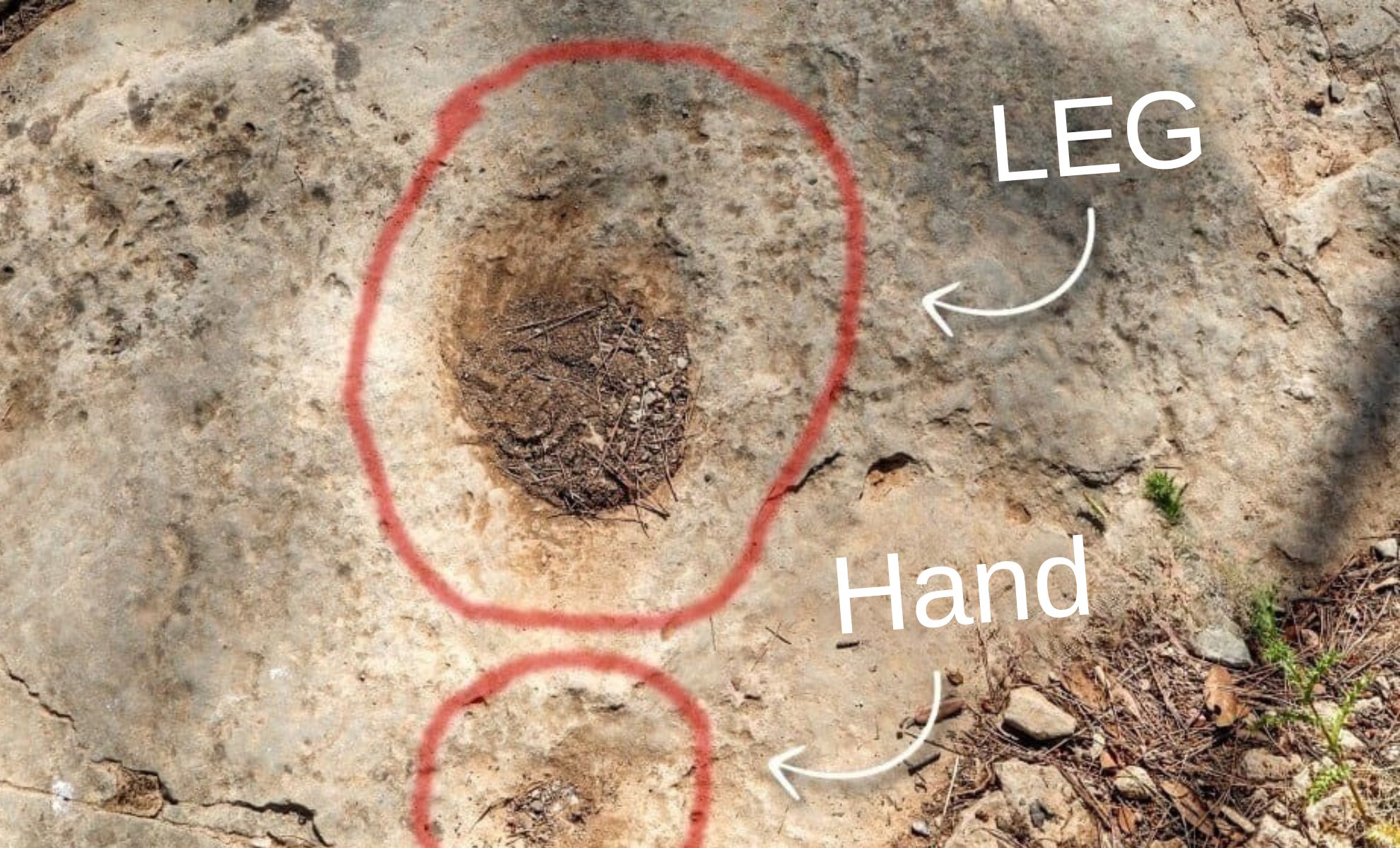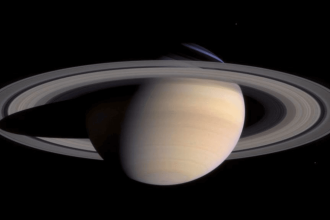In the dense forest surrounding Gréasque, a quaint commune in the Bouches-du-Rhône department of southern France, scientists have made a remarkable paleontological discovery. Fossilized dinosaur footprints from the Late Cretaceous period have been unearthed, marking the first confirmed evidence of dinosaur tracks in this region, which is already celebrated for its rich fossil history.
While numerous dinosaur eggs have previously been discovered on the slopes of the nearby Sainte-Victoire mountain, the documentation of actual footprints had eluded experts until now. These tracks, estimated to be approximately 80 million years old, are believed to belong to a herbivorous dinosaur of the genus Rhabdodon, which typically reached lengths of between three and four meters.
The discovery can be traced back to a photograph submitted by a hiker in 2018. While exploring near Fuveau, the hiker observed a peculiar rock formation and shared an image with local scientists. Thierry Tortosa, a paleontologist and curator at the Sainte-Victoire Nature Reserve, recognized the potential significance of the photograph and was convinced that it showcased a genuine dinosaur trace.
As reported by the French journal La Provence, Tortosa initiated a search for the site shown in the image. Although the original location could not be pinpointed, the search yielded unexpected results. Eco-guide Nicolas Bertucceli, a seasoned trail runner associated with the Maison de la Sainte-Victoire, participated in the effort. Although he did not locate the specific tracks featured in the hiker’s photo, he stumbled upon additional fossilized footprints in the Gréasque area.
The newly discovered tracks not only feature both foot and hand impressions but also indicate that the dinosaur was a quadruped. Tortosa confirmed that this is the first documented instance of such tracks in the Bouches-du-Rhône department. He noted that there are older dinosaur tracks found in the neighboring Var department, though their classification remains contentious.
The prints discovered in Gréasque are not only well-preserved but also distinctly identifiable, providing a clearer perspective on the dinosaur’s locomotion and behavior. During the Cretaceous period, the region’s flooded plains and silty-clayey soils offered ideal habitats for these prehistoric creatures.
While the precise number and specific locations of the tracks have yet to be disclosed, this finding is already regarded as a significant enhancement to the area’s paleontological record. It broadens the known range of the Rhabdodon and reinforces southern France’s prominence in Late Cretaceous research.












